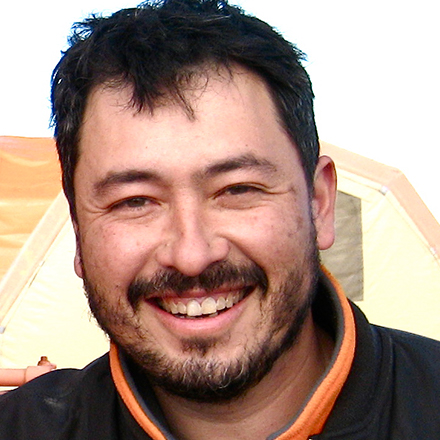
Description:
NASA’s Artemis Program aims to land the first woman and next man near the Lunar South Pole, to enable a sustainable long-term human presence on the Moon, and to prepare for the future human exploration of Mars. NASA recently released a list of 13 candidate sites where early Artemis astronauts might land and explore. Meanwhile, candidate sites for a future Artemis Base Camp have also been proposed (by REU interns over the last two years), with remarkable overlap with the 13 candidate Artemis landing sites. Which one(s) of these 13 sites would offer an optimal mix of safety, logistical flexibility, potential for scientific return, prospects for long-term long-range surface exploration, water ice access, and suitability for establishing an eventual Artemis Base Camp? The research opportunity offered is to conduct a study to help answer this question.
The student will work with Dr Lee at the SETI Institute to identify those of the 13 NASA-selected Artemis candidate landing sites that offer the optimal mix sought, and to recommend to NASA, using objective criteria, a downselect to a shorter list of the most optimal Artemis landing site options. Tools to be used will include the Lunar Reconnaissance Orbiter Camera (LROC) “Quickmap” lunar data display and exploration planning tool, NASA JPL and Ames’ “Moon Trek” mapping, modeling, and visualization tool, and “Google Moon”. Lessons in science and exploration operations from Apollo, from the NASA Haughton-Mars Project (HMP) on Devon Island in the Arctic, from Antarctica, and from other relevant experiences, will also be included.
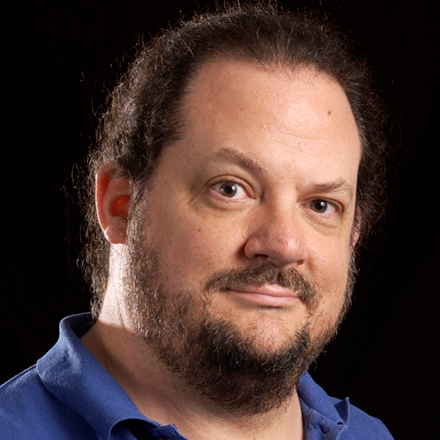
Description:
Dr Dave Summers investigates a wide range of chemical reactions that are either needed for life to begin, that may affect whether life can exist, or that might be used by scientists to recognize life elsewhere.
Where is the nitrogen on Mars? This project studies the chemistry of nitrogen compounds on past and present Mars to better understand what nitrogen compounds existed on Mars and how that may have changed over time. This is important to understand the habitability of Mars over time and the prospects for ancient life on Mars. The work involves setting up experiments and/or running reactions that may have been important on Mars and analyzing the results.
Qualifications:
Some biology or chemistry lab experience is preferred.
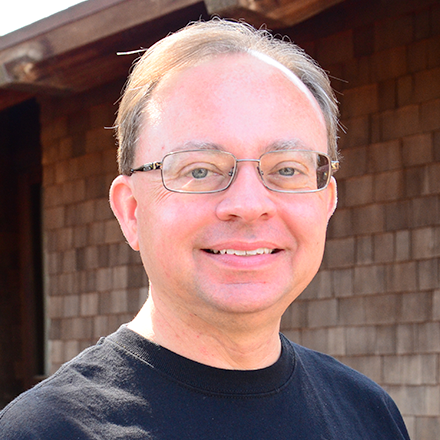
Description:
The origin and evolution of Saturn's rings are one of the great mysteries of the solar system. The narrow and dusty F ring changes on timescales ranging from hourly to yearly, and is so variable it was used as evidence of an alien spacecraft in the science fiction classic Footfall. The two Voyager spacecraft and the Cassini orbiter took thousands of pictures of the F ring between 1980 and 2017, allowing unprecedented analysis of its lifecycle. In this project, the student will use existing software tools and develop new tools to analyze these images, catalogue and characterize changes that occurred, and help to develop theories that explain the observed changes.
Qualifications:
Due to the dynamical nature of Saturn's rings, this project is most suited for an astronomy or physics major with experience in classical mechanics above the freshman level, as well as college-level knowledge of statistical analysis. Python programming experience is required. Experience with Jupyter notebooks and matplotlib, git and GitHub, and use of the command line environment is strongly recommended.
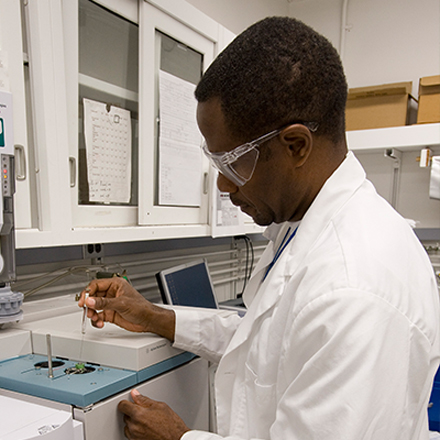
Description:
Dr George Cooper’s work involves the analysis of meteoritic organic compounds (the oldest compounds in the solar system) to determine their cosmo-chemical origins. He also does research on laboratory simulations of how such organic compounds might have been produced in interstellar space. The research seeks to understand early solar system organic chemistry and the possible contribution of extraterrestrial organic compounds that may have led to the origin of life.
The intern will assist in the performing of chemical analyses and maintenance of the laboratory. Initially, the intern will assist in the characterization of standard (known) organic compounds. This will establish references for the same compounds in extraterrestrial materials. Methods of analysis include gas chromatography-mass spectrometry (GC-MS), which separates and gives unique fragmentation patterns for individual compounds. A significant fraction of the lab work involves various preparatory procedures, e.g., ion exchange chromatography, etc. Laboratory maintenance and record keeping are also important.
Qualifications:
Some experience in a chemistry laboratory (which can consist of classes) is preferred.
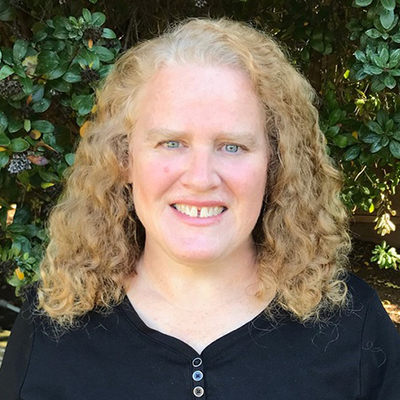
Description:
Dr. Ginny Gulick examines erosional features on Mars, looking for the tell-tale signs of running water in Mars’ geological history. Some of the meandering valley networks that lace the landscape may indicate that Mars was a warmer, wetter world billions of years ago. But other features, including gullies found around many impact craters and valley walls, may be evidence of water that flowed on the martian surface more recently.
Dr. Gulick uses stereo images and Digital Terrain Models (DTMs) from Mars-orbiting cameras including HiRISE, CTX, and HRSC to look for features caused by flowing water (“fluvial” features) or by heated groundwater (“hydrothermal” features). The current project is focused on understanding gully formation in Mars’ more recent geological history, by studying their 3D slope morphology, their spatially association landforms, and their topographic and environmental settings. However, we are also interested in understanding the formational environments of channels, valleys, and paleolakes throughout Mars’s geological history. We will use information from terrestrial analog sites, hydrologic models, and DTMs to estimate water discharges, volumes, and erosion rates to better understand the implications for paleoclimatic change. Opportunities are also available for HiRISE science operations support, including help with science planning and targeting and analysis of acquired data.
Qualifications:
Students with a geology, geography, or hydrology background with an emphasis in geomorphology and experience with computer software ArcGIS and/or ENVI are strongly desired. Experience with Python and/or MatLab preferred.
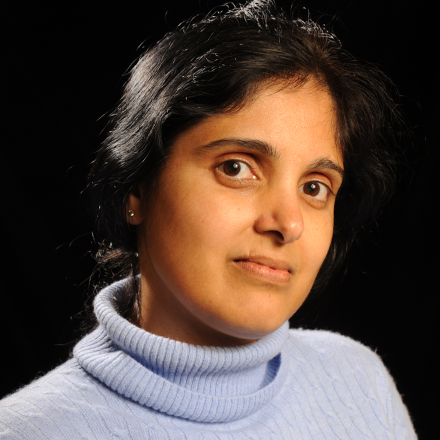
Description:
The project will involve computational modeling of continuum emission in protoplanetary disks to infer their evolution as planets form. Solid particles, often called dust, are suspended in gas and initially constitute a small fraction of the total mass. Particles grow from sub-micron size to km-size in disks, and this poorly characterized growth process is the first step toward planet formation. Fortunately, the particles readily absorb starlight and re-radiate at longer wavelengths. This emission can be used to decipher the composition and other attributes of these solids to probe the early stages of planet formation. The student will use data from telescope archives (optical, infrared and radio including ALMA/JWST) and construct models that can reproduce the observed emission from disks. Using existing software and tools, the student will vary parameters in the computational model to calculate the disk structure. 3D Monte Carlo simulations of the radiative transfer will be performed to reproduce emission and make comparisons with observational data.
Qualifications:
Physics majors are preferred, and some computational experience (python or any high-level programming language) is a requirement.
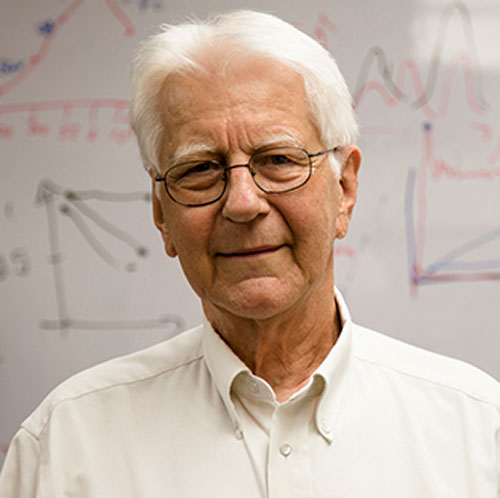
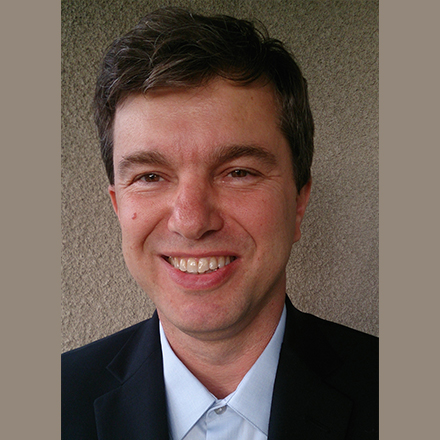
Description:
All living organisms on Earth are exposed to the effects of electronic charge carriers known as “positive holes”. These charge carriers lie dormant in the rocks of the Earth’s crust in form of point defects called “peroxy defects”, in which two neighboring oxygen anions in common minerals have changed from the usual –2 valence state to the still somewhat enigmatic –1 valence state. When tectonic forces (or other forces) act on the rocks in the Earth’s crust, they cause mineral grains to shift ever so slightly relative to each other. This causes peroxy bonds to break and positive hole charge carriers to be activated. Those highly mobile charge carriers then spread through the rock column and interact with living organisms at the Earth’s surface. Since positive holes are highly oxidizing, they can cause gene mutations. As part of the 2022 REU Summer Program a laboratory experiment will be set up with a hydraulic press to demonstrate the gene-altering effects of stress-activated positive hole charge carriers on yeast cultures.
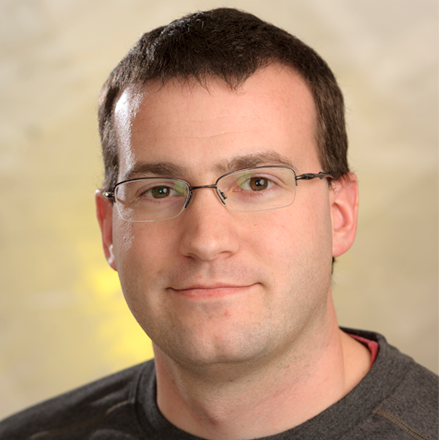
Description:
Life-threatening asteroids are, fortunately, very rare. So how do we scientifically assess the risk of very rare events? Answer: we study things that are much more common and extrapolate! The Geostationary Lightning Mapper (GLM) instruments onboard the GOES 16, 17 and 18 weather satellites are designed to detect lightning but can also detect other bright flashes in Earth's atmosphere. GLM provides a unique opportunity to detect a large variety of bright meteors, including those in the 0.1 to 3 m diameter range that can explode when entering the Earth’s atmosphere (called bolides). We have developed a machine learning based bolide detection and light curve generation pipeline as part of NASA’s Asteroid Threat Assessment Project (ATAP) funded by the Planetary Defense Coordination Office (PDCO). With the pipeline running for several years now, we have assembled a vast and unique catalogue of bright meteors using a consistent and wide field of view.
This project will involve training machine learning algorithms to improve our detection efficiency. By analyzing data from ours and other instruments, we can perform regressive and cluster analysis to study the performance characteristics of our algorithms. This will involve data fusion techniques as we develop tools to compare our detections to those of other instruments. Statistical models can then emerge to understand our detection performance, and where we need to improve. Maximizing the performance of our bolide detection algorithms will help us understand both the threat to Earth due to large asteroids and also the origin and evolution of our solar system.
Qualifications:
The ideal student would already be familiar with Python and have experience processing large data sets. A basic understanding or a desire to learn more about machine learning, cluster analysis and population statistics would be beneficial.
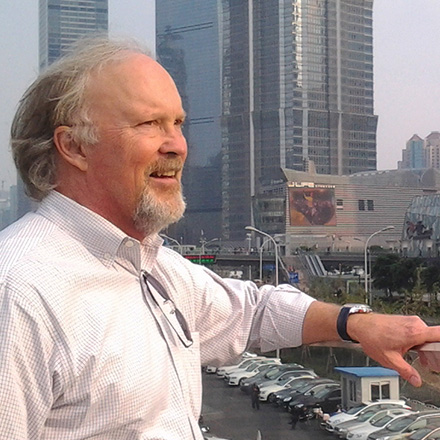
Description:
Over the past 4 decades, our knowledge about life that can flourish under extreme conditions has dramatically expanded. Psychrophiles can metabolize down to -25°C, while hyperthermophiles grow at up to 122°C. In the deep ocean, piezophiles have been found living under pressures of >110 Mpa. Life under other marginal conditions such as high salinity, extremes of pH, desiccation, and radiation, as well as combinations of stressors, has now been found.
Information about extremophiles is relevant for biotechnological applications, bioremediation, and in our search for life elsewhere in the universe. Some scientists argue that proteins adapted for high temperature or pressure will be stiffer than those that operate under freezing conditions. Others argue it is not so simple.
To settle this debate, we are planning to examine a set of small proteins called rubredoxins by multiple techniques to compare their dynamics at different temperatures. Rubredoxins (Rds) are the smallest of all Fe-S proteins – with only about 55 amino acids, their simplicity makes them an ideal system for testing theories about protein structure.
This project will involve comparing x-ray diffraction and NMR data on rubredoxins as a function of temperature, to see if the predicted differences in flexibility do in fact exist. For the student with a computational bent, normal mode and molecular dynamics calculations will assist in interpretation of the data. Depending on scheduling, there may be an opportunity to assist in diffraction experiments at the Stanford Synchrotron Radiation Laboratory, and/or in NMR experiments at UC Davis.
Qualifications:
The ideal candidate would have at least one year each of chemistry, physics, and some knowledge of biochemistry. Familiarity with Mathematica and/or bioinformatics software would be a plus but is not essential. This project is suitable for a student interested proteins and life under extreme conditions.

Description:
The production or consumption of molecular hydrogen (H2) by the enzyme hydrogenase can be as fast as by the best artificial fuel cells, but using earth-abundant iron (Fe) or nickel (Ni) instead of rare and expensive platinum (Pt). Along with their metabolic significance, hydrogenases are important targets for novel antiparasitic drugs. They also generate intense technological interest for a future hydrogen economy. In [NiFe] hydrogenases, catalysis occurs at a Ni-Fe site, while in [FeFe] hydrogenases the active site is an “H-cluster.” We plan to study both of these enzymes.
Most mechanisms for hydrogenases assume an enzyme-H2 complex as a key intermediate, although some proposals skirt the existence of a bound H2 species, with splitting to hydride and proton directly through a transition state. To settle this debate, we are planning to examine hydrogenases in cryosolvents at low temperatures, down to perhaps -100 °C. We will use photochemistry to generate H2 in the low temperature sample, and we will look for new intermediates using infrared spectroscopy.
Qualifications:
The ideal candidate would have at least one year each of chemistry, physics, and some knowledge of biochemistry. Some knowledge of basic spectroscopy would be helpful. Familiarity with Mathematica and/or molecular graphics software would be a plus but is not essential. This project is suitable for a student interested in enzymes, catalysis, and spectroscopy.
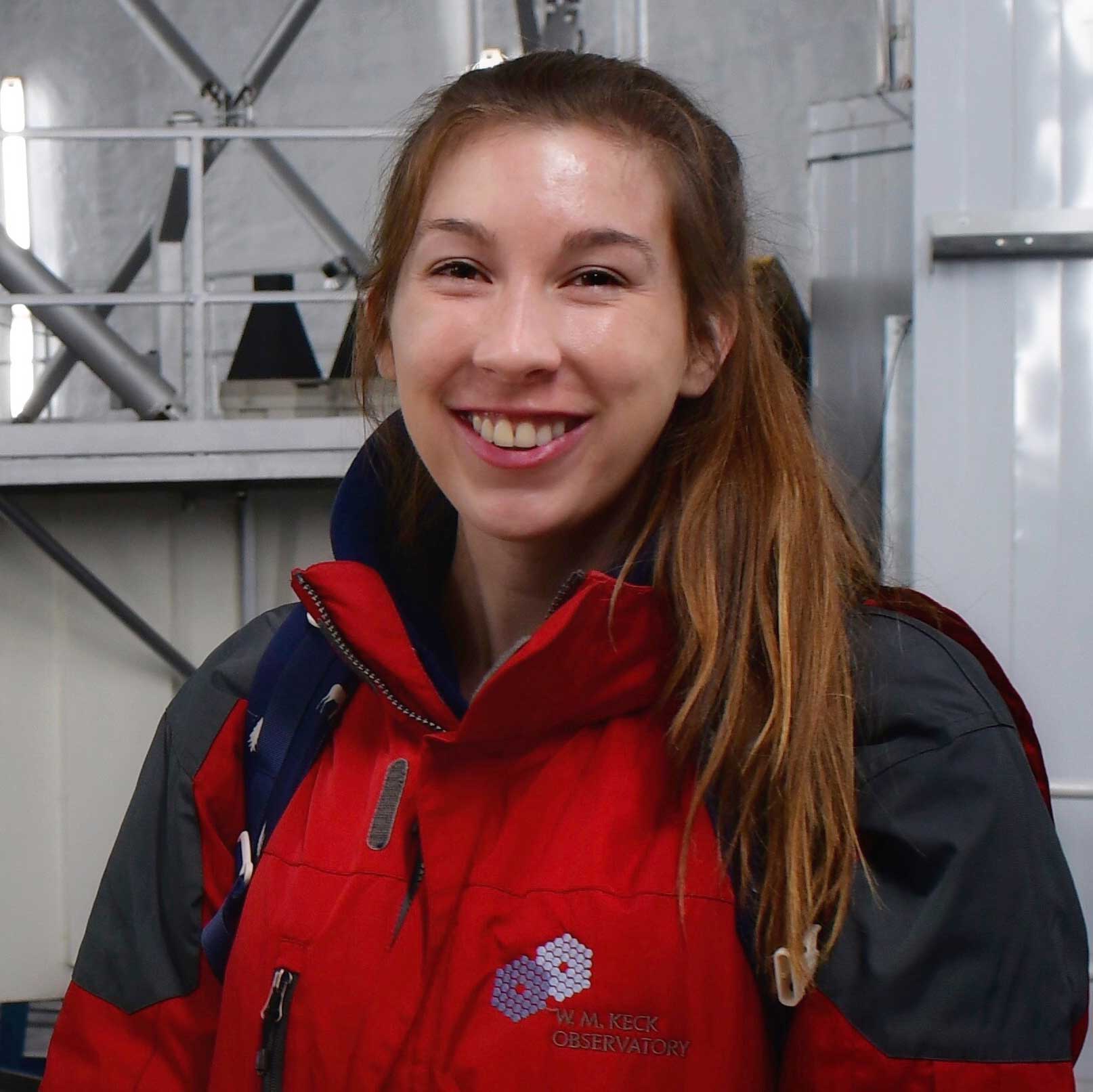
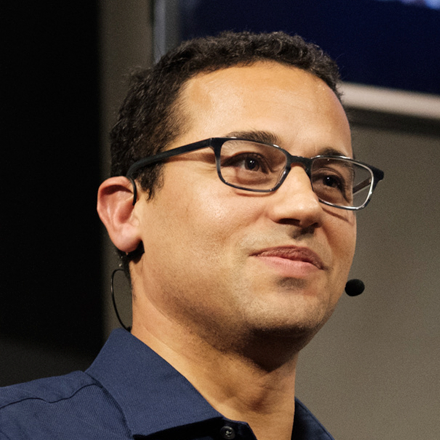
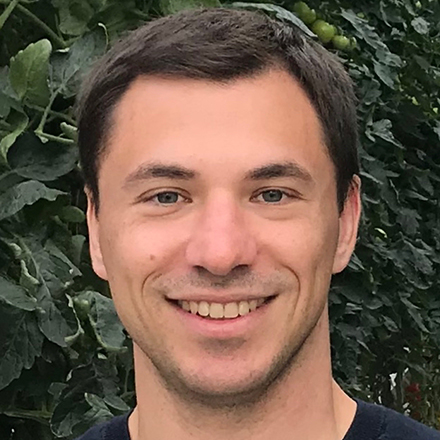
Description:
Unistellar’s eVscope is a user-friendly telescope that allows citizen astronomers to observe the universe from their own backyard. Thanks to their partnership with the SETI Institute and the Moore Foundation, every eVscope user is also able to join a global network of observers conducting coordinated, worldwide observing campaigns under the guidance of professional astronomers. There are several scientific programs in which citizen astronomers can partake. One of the newest Unistellar programs is "Cometary Activity." The main goal of this program is to observe comets over time in order to understand how a comet's activity changes with respect to heliocentric distance. Comets are not so simple, however, and sometimes undergo surprising outbursting events or become active at much further heliocentric distances than expected. With the large amount of comet data gathered by the Unistellar Network, we are able to learn about comets beyond their long-term changes in brightness.
We are looking for 1 intern to work with our team at the SETI Institute and Unistellar to conduct comet observations, as well as utilize the vast archive of comet images already gathered by the Network to gain a better understanding of cometary behavior. This will involve image reduction, image analysis, and photometry measurements. Comets are some of the oldest objects in our solar system, and through this project, you will place cometary phenomenon in the context of the early evolution of our solar system.
Qualifications:
Applicants should have a good knowledge of the Python programming language and a strong interest in observational astronomy.
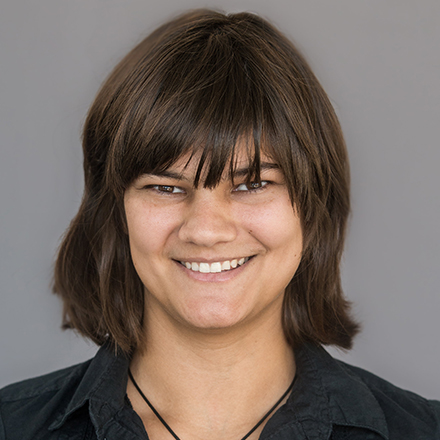

Description:
Fast Radio Bursts (FRBs) are mysterious, high-energy bursts of radio emission whose origin is still unknown. It is likely that FRBs are an extragalactic phenomenon, perhaps produced by energetic magnetars, but we need more data on their emission (especially over large bandwidths and at high frequencies) to understand the objects that cause them. In this project, the REU student will select a repeating FRB and observe it with the wideband receivers of the Allen Telescope Array. The student will characterize parameters such as the brightness of the FRB at different frequencies and the repetition rate and statistics of the bursts.
A student working on this project will complete a discrete observing project over the course of the summer, including planning an observing campaign, executing the observations at HCRO, and analyzing the data. They will work primarily at the SETI Institute in Mountain View, but will also have the opportunity to travel to Hat Creek Radio Observatory to get hands-on experience with the ATA.


Title: Searching for radio technosignatures with the Allen Telescope Array
Description:
Radio waves are low-energy, travel at the speed of light, and are not blocked by gas and dust. For these reasons (among many others), it is hypothesized that extraterrestrial intelligences (ETIs) might use radio transmitters to send signals across the galaxy. We might be able to detect these radio “technosignatures” using radio instruments such as the Allen Telescope Array (ATA). In this project, the REU student will select a technosignature target and observe it with the ATA. The student will then use existing software such as turboSETI and SPANDAK to perform a novel, in-depth technosignature search of that target, with the goal of setting the strictest upper limits ever for the chosen target (or detecting ETI!).
A student working on this project will complete a discrete observing project over the course of the summer, including planning an observing campaign, executing the observations at HCRO, and analyzing the data. They will work primarily at the SETI Institute in Mountain View, but will also have the opportunity to travel to Hat Creek Radio Observatory to get hands-on experience with the ATA.


Title: Measuring wideband scintillation of pulsars with the Allen Telescope Array
Description:
Pulsars are rapidly-rotating neutron stars with high magnetic fields; these properties combined create the appearance of pulsed radio emission. Some pulsars show a behavior called “nulling”, where the pulsar’s emission occasionally stops, and then restarts again. By looking for patterns in the nulling, we can try to better understand the mechanism that produces the nulls. In this project, the REU student will select a nulling pulsar amenable to observation with the Allen Telescope Array (ATA), and observe it with the ATA’s wideband receivers. The student will then analyze the data by modifying an existing pipeline to statistically analyze nulling, learning pulsar software packages such as PSRCHIVE. At the end of the project, the student will produce high-quality measurements of the nulling fraction and other parameters which can be compared to prior literature.
A student working on this project will complete a discrete observing project over the course of the summer, including planning an observing campaign, executing the observations at HCRO, and analyzing the data. They will work primarily at the SETI Institute in Mountain View, but will also have the opportunity to travel to Hat Creek Radio Observatory to get hands-on experience with the ATA.
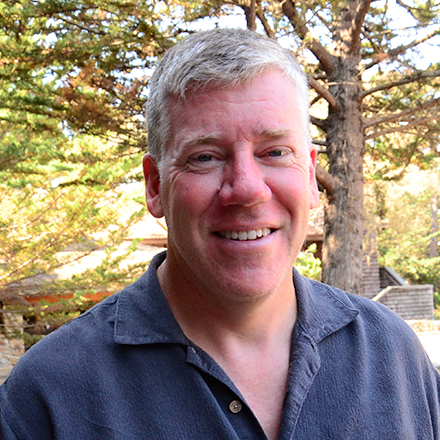
Description:
Dr Douglas Caldwell is an astronomer who studies the detection and characterization of exoplanets. NASA’s Kepler mission showed us that planets, including small potentially habitable ones, are common. Currently, the Transiting Exoplanet Survey Satellite (TESS), operating since 2018, has been finding more planets, including many in our Solar neighborhood. As TESS data continue to pour in, the number of detections of potential planets is outpacing the ability of scientists to manually keep up.
The TESS Science Processing Operations Center is currently searching the light curves of 160,000 stars per month from the TESS full-frame image data and detecting thousands of potential planets, known as Threshold Crossing Events (TCE). Currently, the TCEs are recorded in the TESS archive, but are not systematically vetted to determine which of them might be promising exoplanet candidates.
The student will work to refine and develop tools to help classify and vet the TESS full-frame image detections. They will start by using a set of existing vetting tools developed for TESS two-minute target data and tune them to work on the full-frame image results. The student will analyze the detections and develop statistical models to characterize and classify them. Depending on the student’s interest, they may work with a group that is using a deep neural network to classify the TESS TCEs by helping to incorporate these full-frame image results into the machine learning model. The work will involve reviewing scientific literature; running, modifying, and writing code to analyze data; and writing-up results. The ideal outcome of this project will be a set of new planet candidates from TESS data and a scientific publication describing the work.
Qualifications:
This project is ideal for someone who is interested in exoplanets and has a solid programming background. A familiarity with either the Python or MATLAB programming languages is beneficial, as is interest in, or experience with machine learning techniques. The student should have a background in science or engineering and an interest in learning about detection statistics.
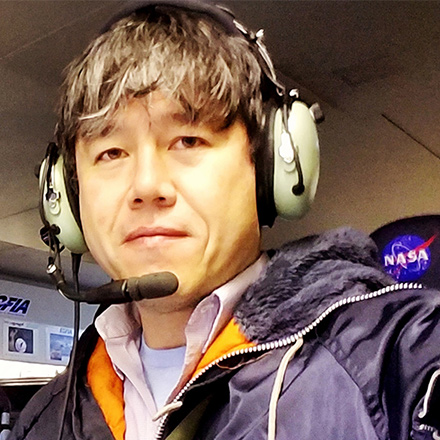
Description:
The Outer Planet Atmospheres Legacy program (OPAL) is a science investigation conducted by the Hubble Space Telescope. Since the beginning of the program in 2014, OPAL (led by Dr. Amy Simon at NASA) has collected a uniform imaging set, mapping the atmospheres of Jupiter, Saturn, Uranus, and Neptune every year to study their dynamics, weather, and climate. Using data from OPAL, Dr. Mike Wong's team has discovered dark spots on Neptune, captured major storm eruptions on Jupiter, measured precise changes in wind speeds in the Great Red Spot, and detected changes in jets and aerosol bands over multi-year timescales.
The student will work together with Dr. Wong to develop a specific science investigation for the 2023 REU Summer Program term. The work will use available imaging data to study short-timescale changes like wind speeds or discrete feature evolution, or longer-timescale phenomena like climate cycles or seasonal changes. Where possible, HST data will be combined with relevant data from other sources, like the Juno mission, JWST, or ground-based telescopes.
Qualifications:
All applications will be considered to ensure a diverse applicant pool, with a minimum of 11 semester credits (or 17 quarter credits) of college-level courses from the areas of planetary science, physics, astronomy, atmospheric science, chemistry, math, and statistics.
Experience with the following would increase the amount of time available for science, but is not required: Numpy, IDL, Jupyter Notebook, DS9, FITS files, Astropy, maps, Adobe Creative Suite, Fourier transformation, Matplotlib, shell commands.
